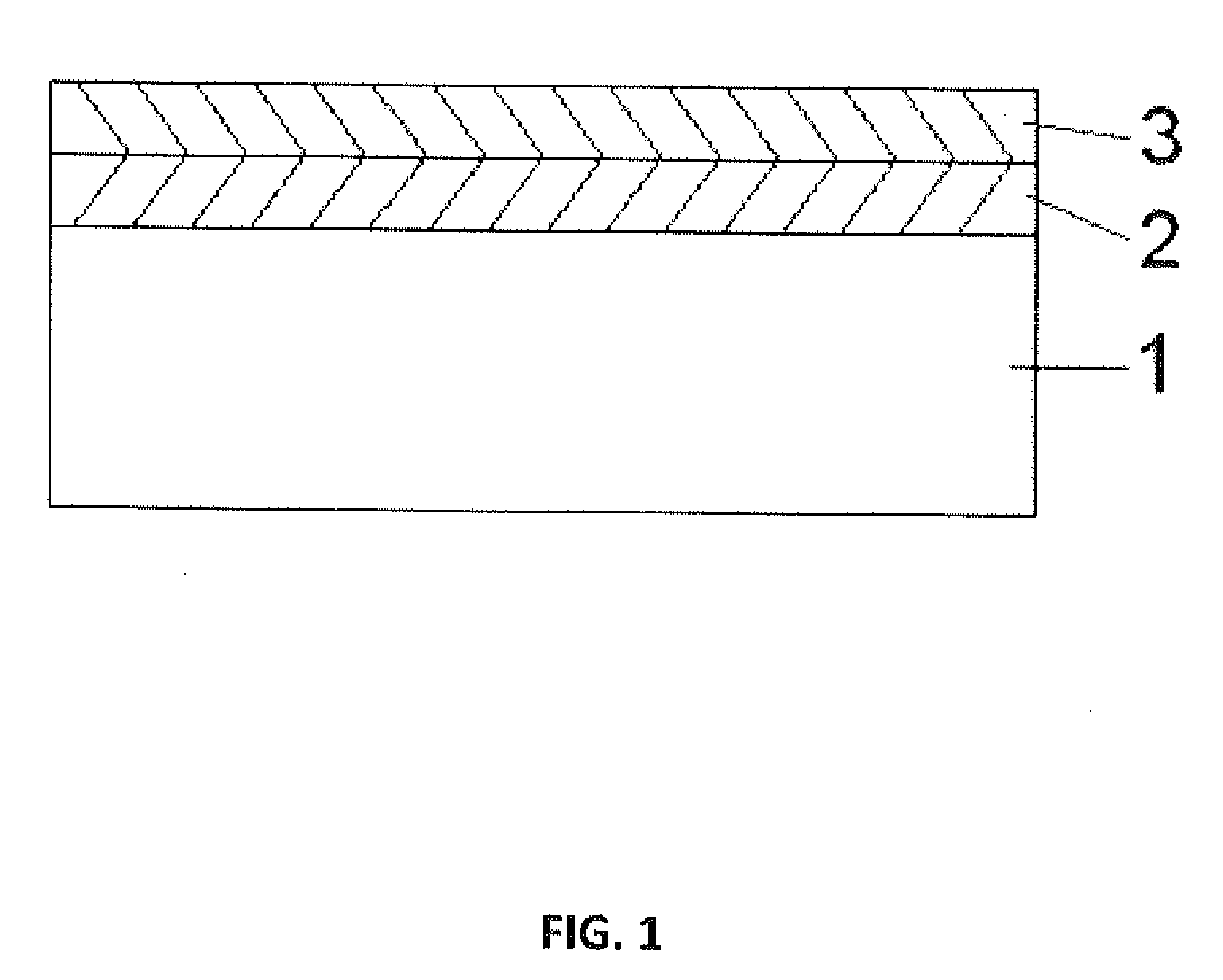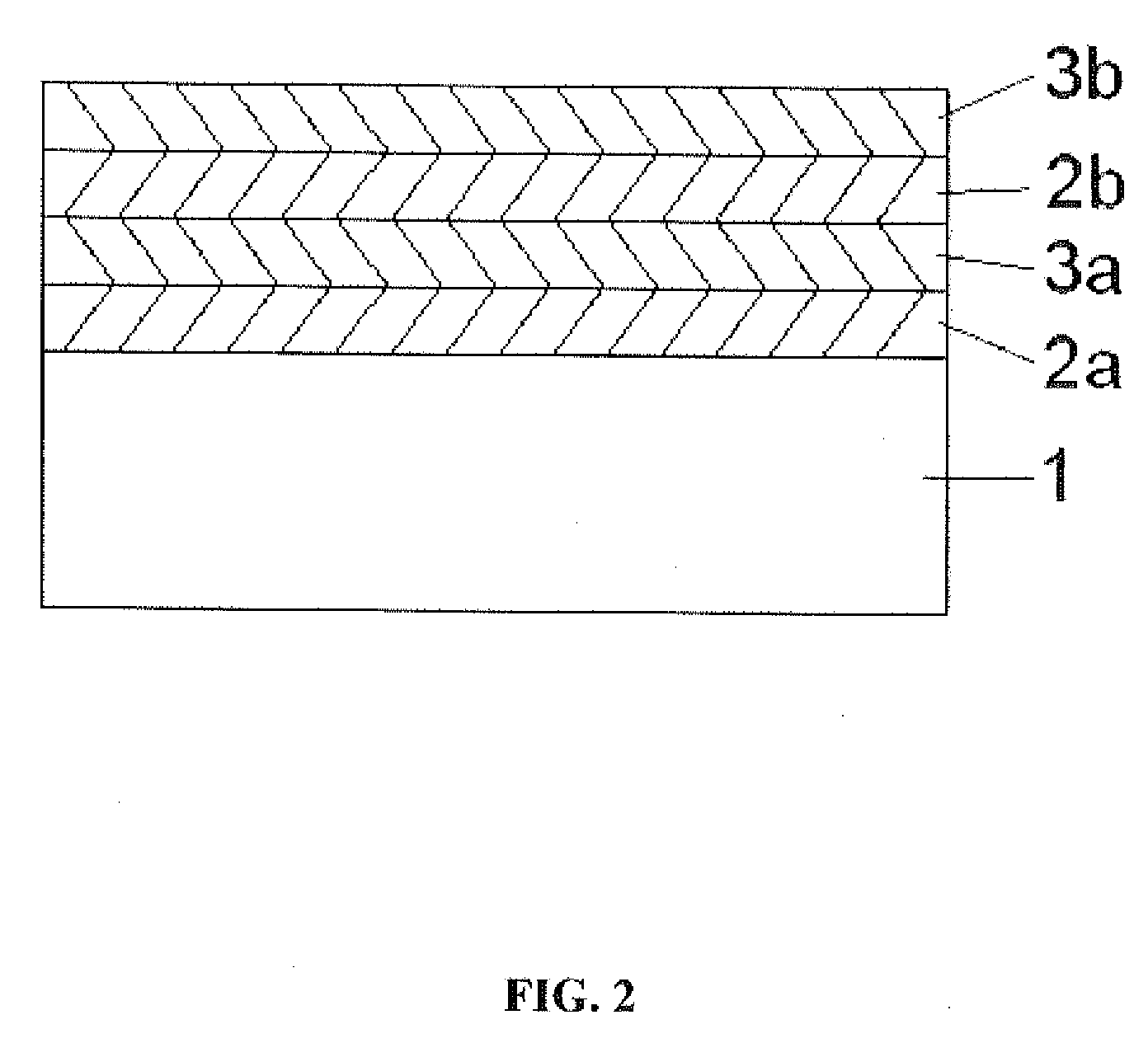Atomic plasma deposited coatings for drug release
a technology of nanoporous surfaces and atomic plasma, which is applied in the field ofatomic plasma deposited nanoporous surfaces, can solve the problems of scar tissue formation, not all polymers are biocompatible, and the immune response, and achieve the effect of significantly reducing the elution of drugs from the substrate or the matrix
- Summary
- Abstract
- Description
- Claims
- Application Information
AI Technical Summary
Benefits of technology
Problems solved by technology
Method used
Image
Examples
example 1
Atomic Plasma Deposition of Thin Films
[0049]Metal oxide films can be deposited on various substrates by atomic plasma deposition (APD). In a typical example, titanium oxide was deposited in self limiting reactions from a reaction chamber supplied with alternating exposures of volatilized 30% hydrogen peroxide (in water) and titanium isopropoxide, using nitrogen as the carrier gas. To produce the titanium oxide, the following reaction sequence was used: 0.12 second exposure of hydrogen peroxide, 80 second delay, 0.12 second exposure of titanium isopropoxide, 80 second delay. The temperature of the reaction chamber was 50° C. Deposited film thickness depended on the number of cycles conducted.
example 2
Metal Oxide Films on Biomolecule Coated Substrate
[0050]Using the APD method described in Example 1, titanium oxide thin films were grown over rapamycin which had been deposited on a stainless steel substrate. The rapamycin was deposited onto the substrate by the MPD method described in U.S. Pat. No. 7,250,195. The APD titania was grown over the rapamycin by sequential self-limiting reactions of titanium isopropoxide or trimethylaluminum and an oxygen source. FIG. 1 is a schematic illustration of the relative thicknesses of the rapamycin coated substrate and the overlying surface formed from the APD deposited titania.
[0051]FIG. 3 shows the amount of rapamycin elution from APD deposited titania of various thickness normalized to the control without the APD titania. , ▴, ▪ and represent APD deposited titania surface films of thicknesses 25 nm, 50 nm and 75 nm respectively with respective release of the drug over up to about 6 hr for the 25 and 50 nm thick layers and up to about 12 hr ...
PUM
| Property | Measurement | Unit |
|---|---|---|
| Thickness | aaaaa | aaaaa |
| Thickness | aaaaa | aaaaa |
| Thickness | aaaaa | aaaaa |
Abstract
Description
Claims
Application Information
 Login to View More
Login to View More - R&D
- Intellectual Property
- Life Sciences
- Materials
- Tech Scout
- Unparalleled Data Quality
- Higher Quality Content
- 60% Fewer Hallucinations
Browse by: Latest US Patents, China's latest patents, Technical Efficacy Thesaurus, Application Domain, Technology Topic, Popular Technical Reports.
© 2025 PatSnap. All rights reserved.Legal|Privacy policy|Modern Slavery Act Transparency Statement|Sitemap|About US| Contact US: help@patsnap.com



